The location of the Roman Forum is in a small valley between Capitoline Hill and Velian Hill. This inconspicuous location became the heart of Rome beginning in the 7th century B.C.E. From its meager beginning as a swampy marshland, it would evolve during the Imperial Period to become the center of the Roman Empire.
Overview of the Roman Forum
The Roman Forum was the center of commercial affairs, triumphal processions, gladiatorial marches, criminal trials and elections. Additionally, the government of the Roman Empire and the administration buildings were located in this vicinity.
Other structures that were built here include Rome’s ancient temples, basilicas, triumphal arches and many statues of gods and emperors. As a result, it was the heart of the Roman empire and its ruins attract over 4.5 million visitors annually.
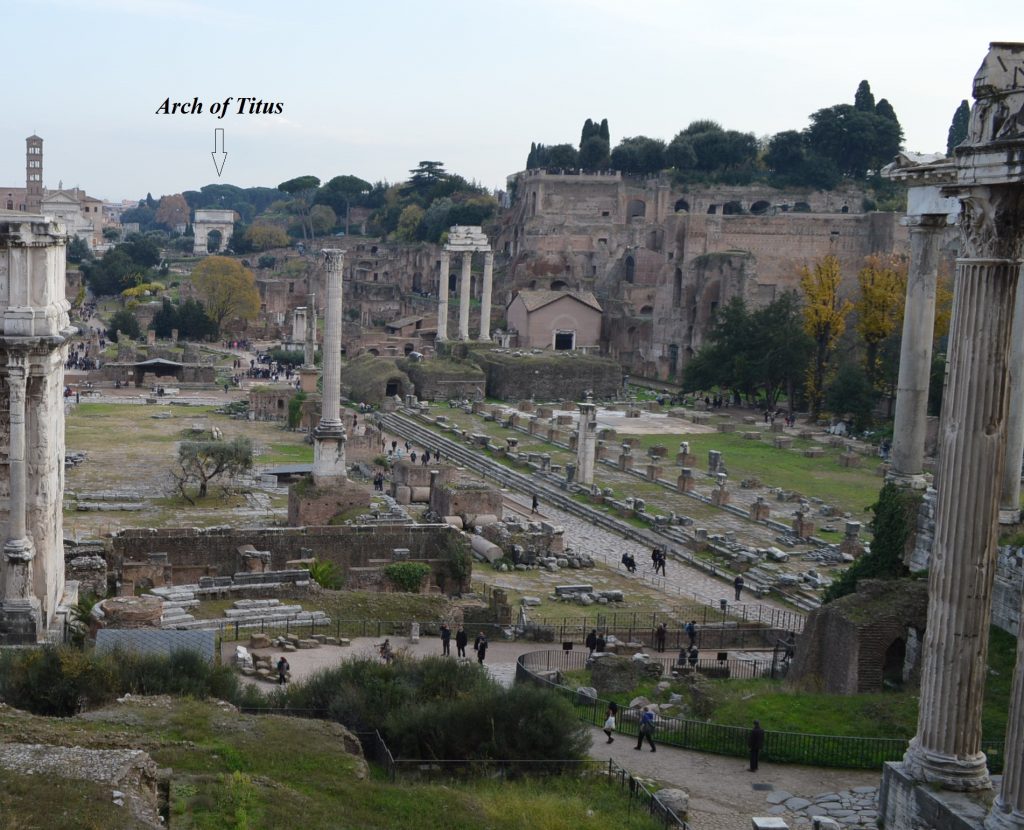
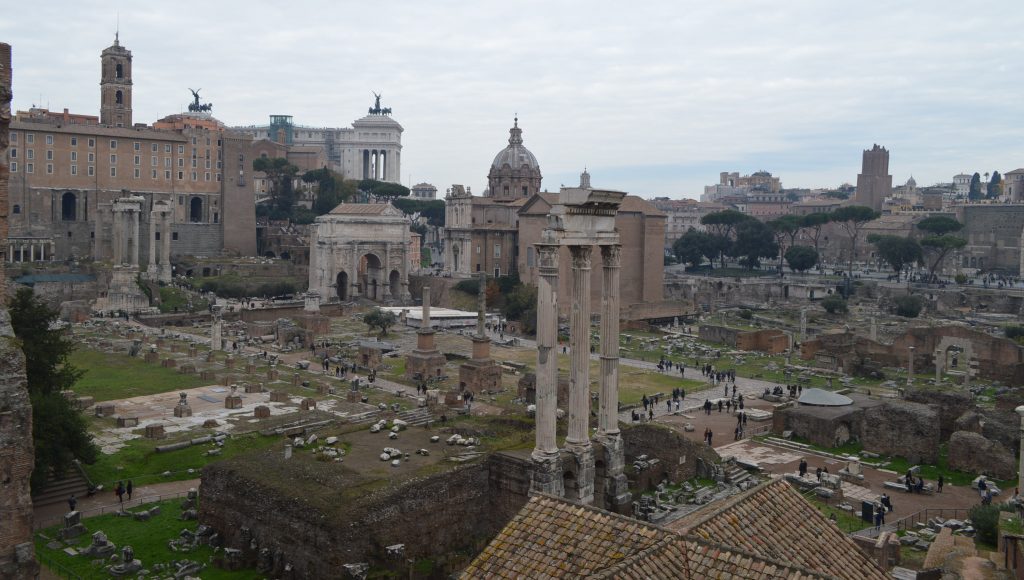
Arch of Septimius Severus
Although much of the ancient architecture of the Roman Forum has been destroyed over time, one of the best preserved structures is the Arch of Septimius Severus.
This monumental arch was constructed in 203 A.C.E. to commemorate two victories over the Parthians in 195 and also 199 A.C.E. The arch is named after the Emperor Septimius Severus but it also celebrates the contributions of his two sons, Caracalla and Geta.
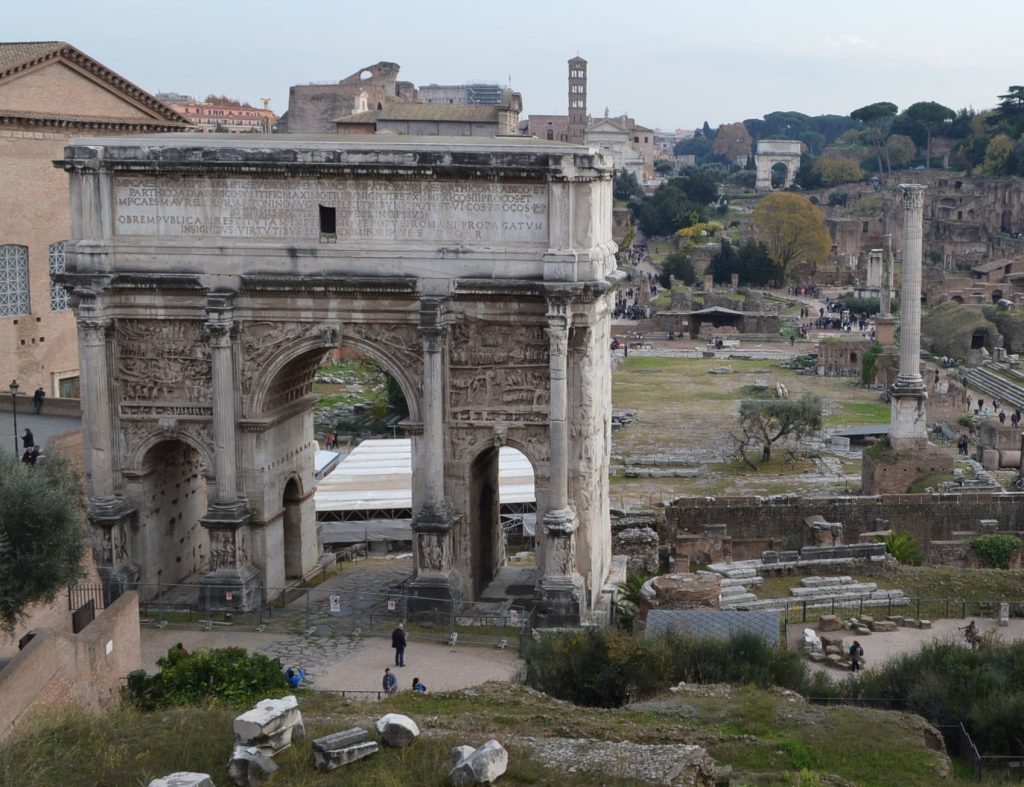
The Brutality of Caracalla
After the death of the Emperor Septimius Severus, his two sons would rule the empire jointly. However, Geta was murdered by his ambitious brother in 212 A.C.E. and Caracalla assumed complete control of the empire. Thereafter, Caracalla had all of the statues and monuments of Geta destroyed including the inscriptions dedicated to him on the Arch of Septimius Severus.
During his rule Caracalla would quickly gain a reputation for brutality. He was to be assassinated by an aggrieved soldier during a campaign against the Parthian Empire in 217 A.C.E.
Temple of Saturn
In Roman mythology, Saturn was the god of wealth and he was associated with the golden age. The Temple of Saturn was constructed in 497 B.C.E. and therefore it is one of the oldest ruins that can still be observed at the Roman Forum.
The temple used to house the treasury of the Rome and all of the gold and silver was held there. Unfortunately, all that is left of the temple is the foundation and a set of pillars on the northern end.

Additional Photos:
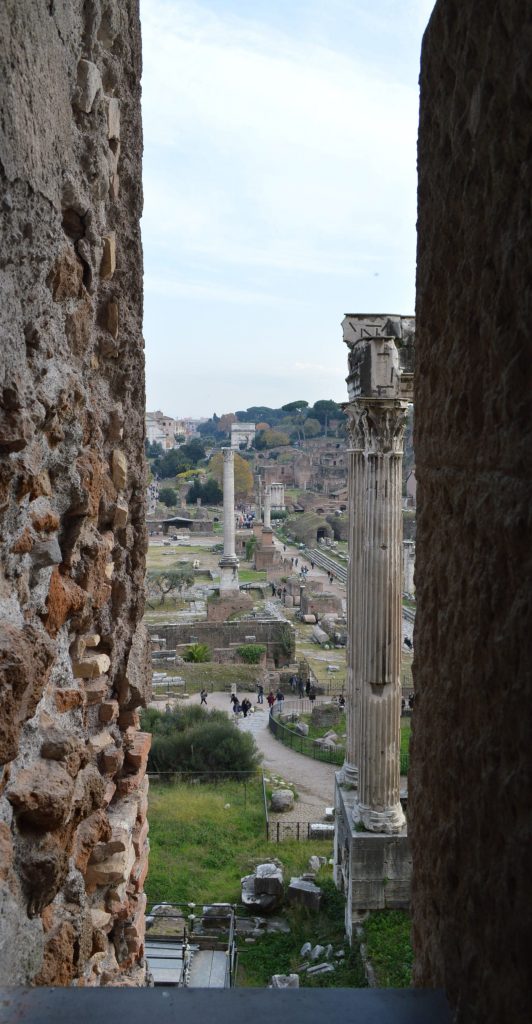
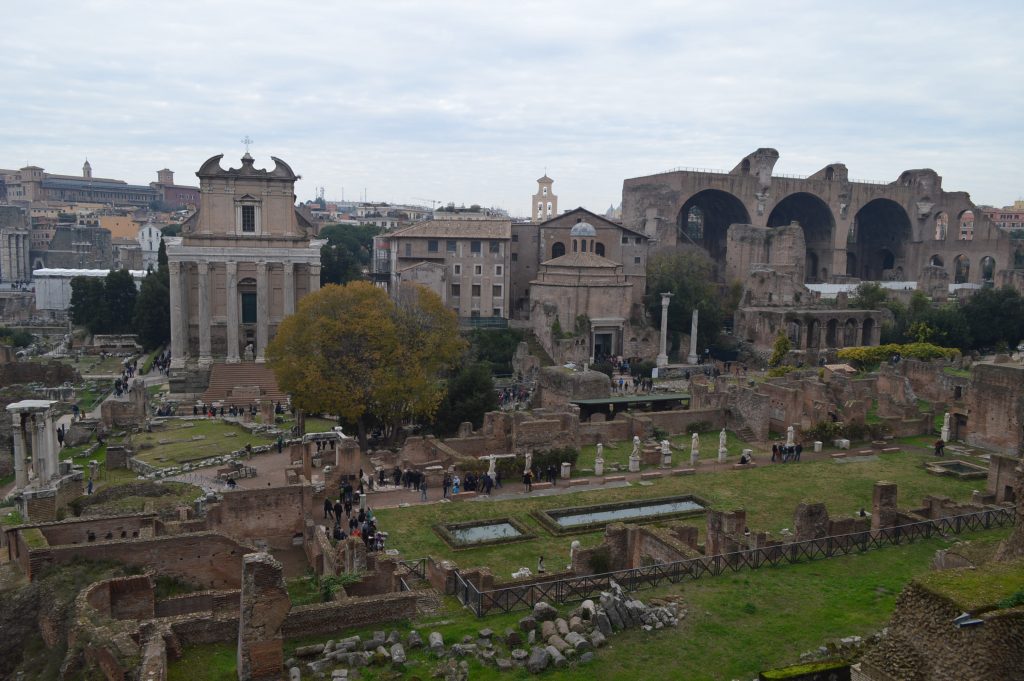
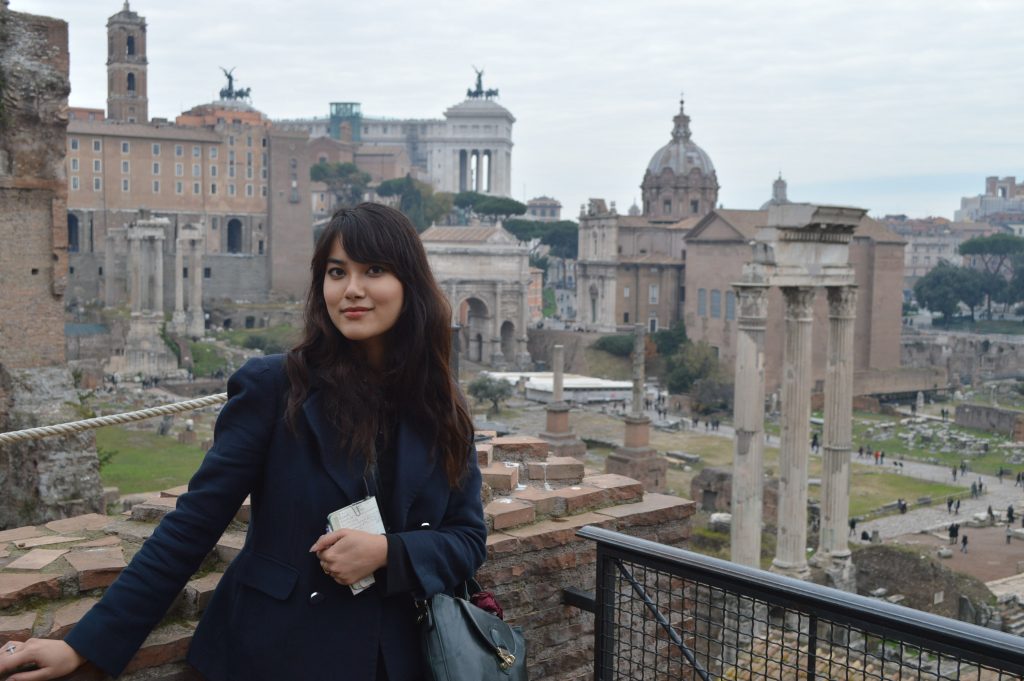
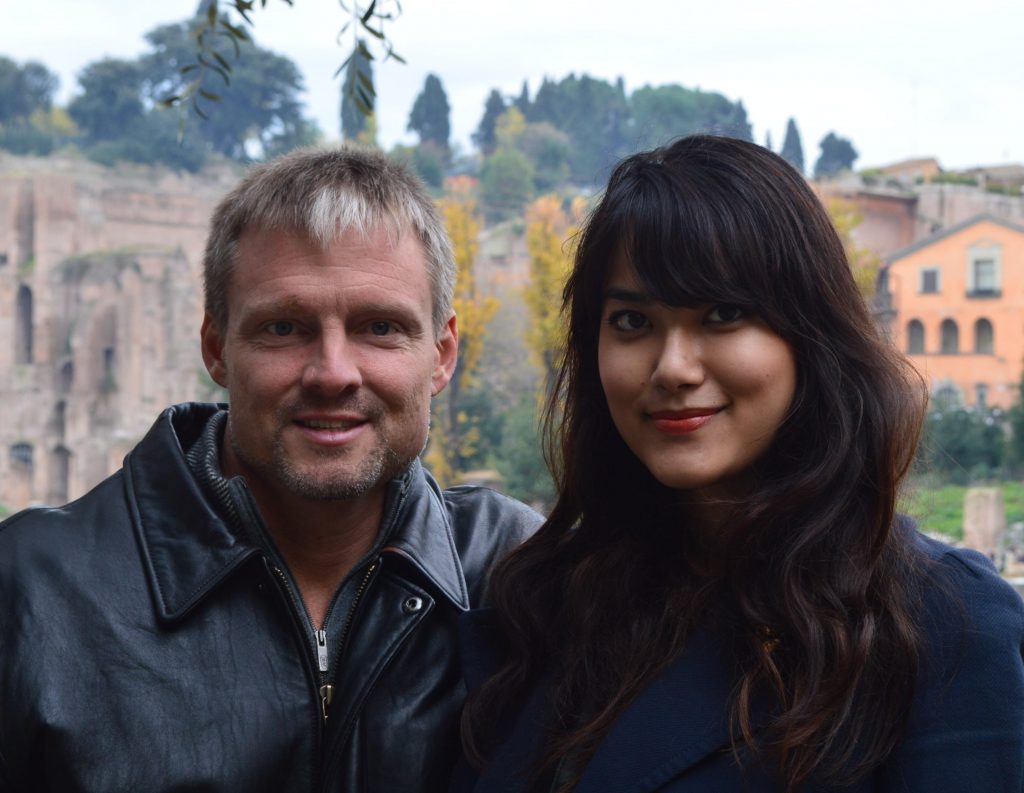
Related Posts:
Roman Colosseum and the Glory of Rome
Villa Jovis and the Isle of Capri

